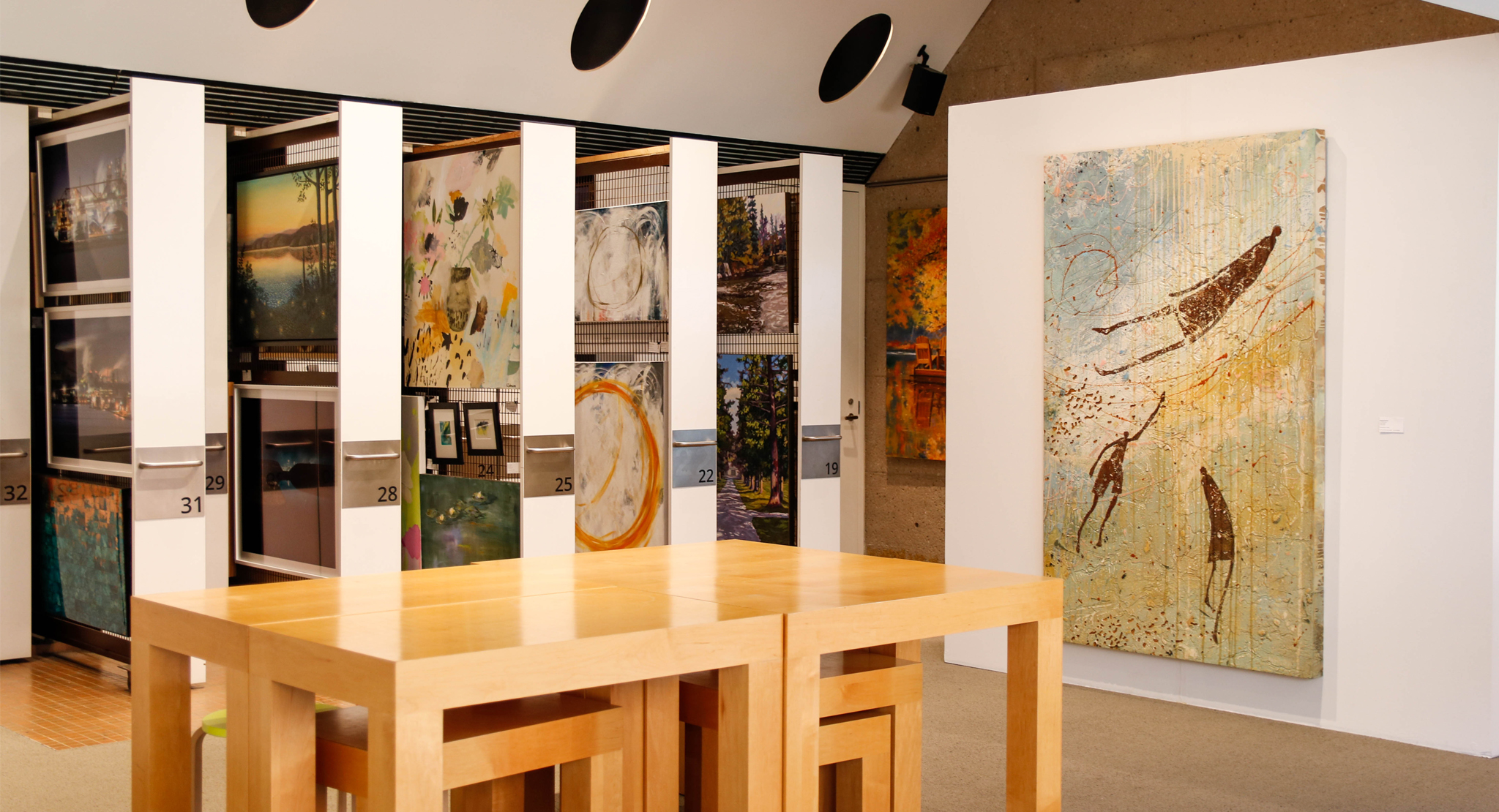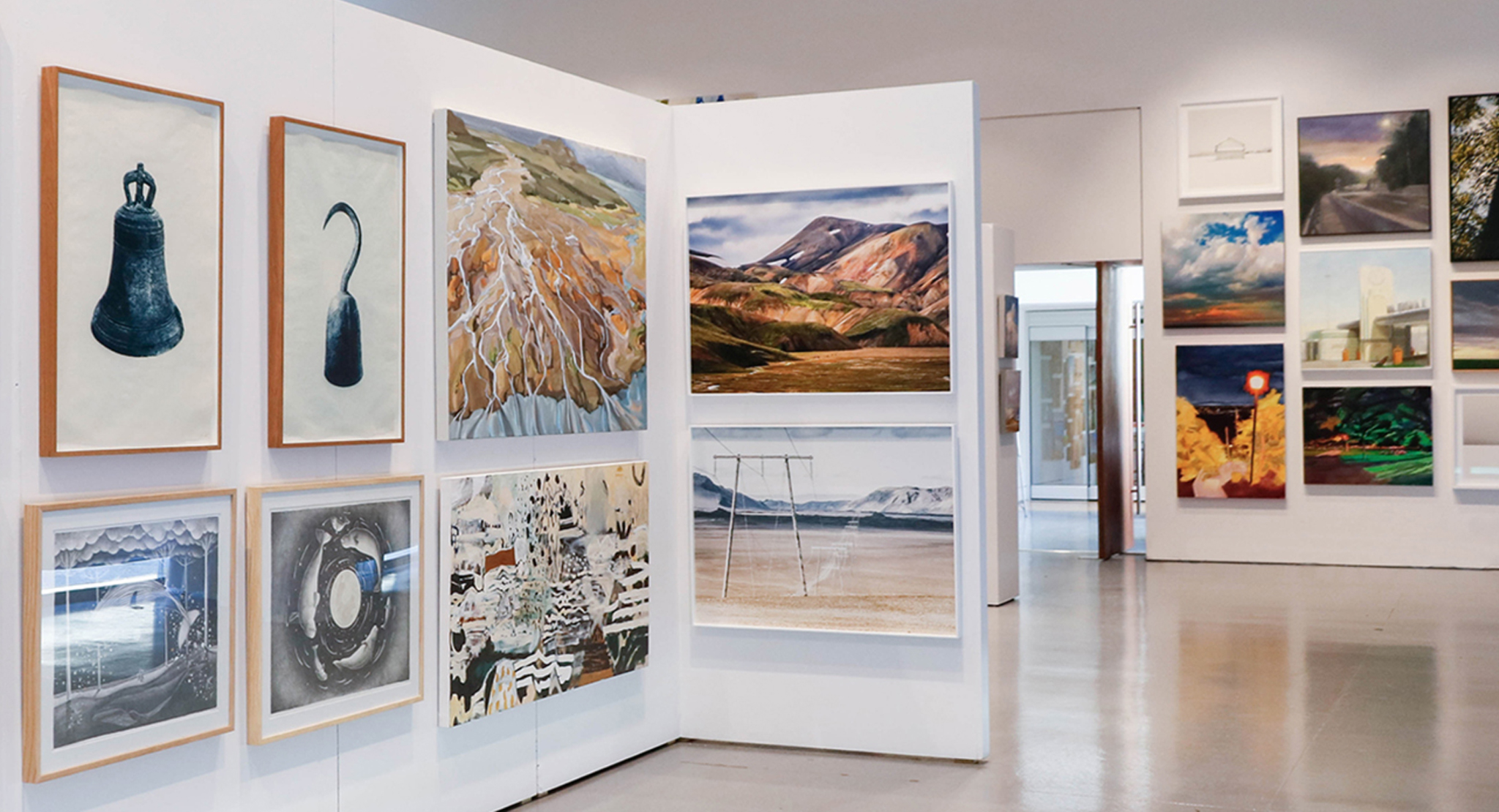I was very fortunate to have been raised in a home that valued artwork. Growing up, I underestimated the impact that those drawings, paintings, photographs, prints, and sculptures had on me and my memories of those places. The appreciation of art as an important element in the home would support my personal and professional goals; I am a passionate advocate for the support of artists and as such, art collections.
Art may be viewed in nearly as many different contexts as there are works to choose. From private homes, public spaces, to small businesses and large corporations, any number of these present a unique interest in art and the decision to collect. As such, I will be concentrating here on considerations of artwork acquisitions by private collectors for personal enjoyment.
What are the motivations for the personal purchase of art?
What are the intentions and benefits of having artworks in your private space?
In my professional roles as an art consultant, I have felt it a great privilege to support private collectors in the education and discussion about contemporary artists and their practices. Commercial art galleries provide approachable spaces in which to learn about and purchase works by contemporary artists. Art Sales + Services at the Art Gallery of Hamilton (AGH) provides one such environment where collectors are welcome to view and discuss the works of many active Canadian artists. Artworks are freely accessible for guided or independent viewing, and associates are always eager to answer questions and talk about the works we are excited about.
In my work, I have always considered it a privilege when private collectors are open to share their personal motivations that instill a desire to purchase an artwork. In my experience, collector’s decisions are often informed by how established their collecting practice may be.
If a collection has been well-established and actively growing for many years, there is often a more-focused intent on the kind of artwork a collector is searching for, or attracted to. More-established collectors will look for complementary works that develop the depth and/or breadth of the particular artists, style, medium, or content of their established collection.
I believe that the confidence in collecting art comes with practice, much as is developed for any activity. Perhaps making choices becomes less daunting. Perhaps their like and dislikes become more defined. Perhaps it is all informed by the advantage of having seen more artworks over a longer period of interest. Though a growing confidence in collecting may be developed over time, I have seen great conviction in purchases from emerging collectors too.
Guiding emerging collectors in the initiation and early stages of their collections is an equally thrilling experience. I have greatly valued opportunities to speak candidly with emerging collectors during their personal discoveries. It is inspiring to witness such a discovery; to support a transition from a tentative interest to a firm resolve of emotional investment. A knowledge of art history or current trends is absolutely unnecessary to start your collecting practice. It is also important to keep in mind that the quantitative monetary value is not representative of a works’ qualitative significance for the individual. My first and foremost hope for a collector is that they love the work and how they feel when sharing their space with the piece.
A painting or framed photograph occupies a different kind of space than a sculpture, but regardless, an artwork’s introduction into a personal space or home is a commitment to welcome an artist’s expression into your everyday life. Much like photographs of family and friends are treasured as daily reminders of loved ones, artworks can become daily portrayals of places, feelings, people, ideas, and perspectives of personal significance. Over time, I believe that artworks take on a character of their own as they further grow as an object of a collector’s interpretation and contemplation. I have heard artists remark that a work they may not have seen in years or decades is actually better known by its collector than themselves, as its creator.
I think that one of the greatest benefits of artwork acquisition from the primary market (that is, purchase of artworks never acquired before) is the resulting direct support of those artists. Artists take on very challenging professional pursuits. Purchase of a living artist’s work in this range of the market places those collectors in a very important role: their purchase enables the growth and livelihood of those artists through external credibility and financial patronage.
Whether intended or not, it has seemed to me that art collecting is a lifelong pursuit that will ebb and flow as circumstances, accommodations, and interests evolve over a lifespan. The most evocative expression may very well change as a life develops. Art collections may incorporate acquisitions and de-acquisitions over time. As important as a love of a new acquisition is, to feel differently about a work over time may very well be a part of the collecting journey.
When I look at a work of art for the first time, I try to let myself honour my intuitive response. I may be personally uninterested in a work that many seem to greatly enjoy. I may reflect on a challenging and apparently “ugly” artwork in mind for many years. Regardless of form, I believe the most meaningful collections are built from a resolve to want to live with objects that align with something greater than 2 or 3 dimensions. I believe the value of a collection is an honour to the value of yourself.


